6 Amazing Benefits Of Brushing Hair & How To Do It Perfectly
Brushing your hair the right way can make it soft, healthy, and strong!
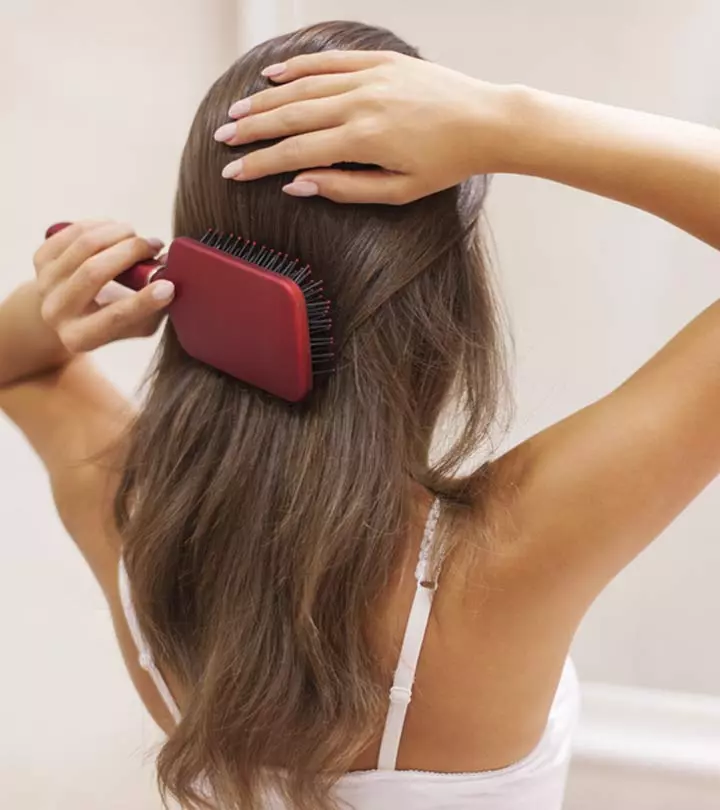
Image: Shutterstock
When you are trying to keep your mane healthy, you might want to start with correcting all your hair care basics, including brushing hair properly. Caring for the hair goes beyond using the right products. It begins with how you brush it. If you are wondering, does brushing hair stimulate growth, it indeed does. It improves your hair’s health, looks, and luster. Make your hair look and feel better by adjusting how you brush. Not sure how? Read on to know more.

In This Article
What Are The Benefits Of Brushing Your Hair?

Do not wait until you get knots in your hair. Incorporating brushing into your hair care routine is a good way of hair maintenance for optimal hair hygiene as it may help improve hair health, and enhance grooming, thus leaving you with beautiful locks. Regular hair brushing has serious benefits:
- Imparts A Healthy Shine
Your scalp produces natural oils to keep the hair nourished and shiny.
Combing and hair brushing help distribute the natural oils across the strands, strengthening them. If you do not brush your hair, the oil accumulates on the scalp, leaving the strands dry and brittle.
Brushing long hair is particularly essential as it takes more time for the natural oils to reach the tip. Also, brushing your hair after shampooing gives it extra shine and ensures it is well hydrated.
- Stimulates The Scalp
Brushing and combing across the scalp using gentle pressure massages and stimulates the scalp. This may increase the blood flow to the scalp and promote healthy hair growth.
A 2016 study published in Eplasty examined how scalp massage affects hair thickness in Japanese men. Nine healthy men received a daily 4-minute scalp massage using a massage device for 24 weeks. By the end of the study, their hair became thicker (increasing from 0.085 mm to 0.092 mm). Researchers also analyzed how scalp massage applies mechanical stress to the skin, stimulating dermal papilla cells, which are important for hair growth. In lab tests, stretching these cells changed the expression of thousands of genes, including increasing genes linked to hair growth (NOGGIN, BMP4, SMAD4, IL6ST) and decreasing genes related to hair loss (IL6). The study suggests that scalp massage can improve hair thickness by triggering beneficial genetic changes in dermal papilla cells (1).
- Gets Rid Of Impurities
Every time you use hair styling products, there is always some residue left on the scalp. This residue keeps building up over time. Brushing your hair helps remove the residue from the scalp. When the buildup is gone, it is easy to clean the hair and scalp with shampoo.
- Detangles The Hair
Regular hair brushing and combing is the best way to keep the hair detangled.
This also minimizes hair breakage.
- Makes Styling Easy:

Styling knotted and tangled hair is tough. Brushing your hair keeps it smooth and neat, making hair styling easy.
- Removing Loose Hair Strands:
On average, you shed about 100-150 hair strands daily (depending on the hair length). Brushing your hair helps clear up the loose strands.
Ash Treviño, a blogger, spoke about the benefits of consistently brushing her hair in the blog. She said, “I started brushing my hair about 3 times a day, and my god was my hair the softest it has ever been. By day 8, I realized that all the fancy hair masks I had ever done did not compare to how my hair felt after just letting my natural oils do their thing for a while (i).”
Frequent brushing can cause hair damage. In the next section, find out how often you should comb your hair.
Key Takeaways
- Brushing your hair twice a day can boost blood circulation to the scalp, remove loose hair strands, and detangle knots.
- Use a soft bristle brush made of natural materials such as boar bristles to reduce static and prevent hair breakage.
- Cleaning your hairbrush or comb in a mixture of liquid spa and antiseptic solution every two weeks can help improve overall hair health.
- Avoid aggressively brushing wet hair as it may cause hair damage and breakage.
How Often Should I Comb My Hair?
Overbrushing can cause hair breakage and hair loss. Therefore, do not brush your hair too frequently. Ideally, you should brush your hair twice a day. However, if your hair is long, you can brush it thrice a day to keep it detangled. If you have curly, thick, or oily hair, you can brush once a day.
Those with color-treated or chemically processed hair should break their hair less to avoid damage and breakage. Aim for once a day to maintain healthy hair while minimizing the risk of breakage.
Some of us may prefer brushing dry hair, while a few others may brush wet hair. Here is the right way to brush wet and dry hair.
How Should I Brush Wet And Dry Hair?
- Wet Hair
Wet hair is fragile and can snap while brushing. Be gentle, and follow these tips:
- Dry the hair with a microfiber towel.
- Let your hair air dry for 10 minutes before combing.
- Use a detangling spray to smoothen your hair if you have thick and curly hair.
- Use a wide-toothed comb or a boar bristle brush to gently detangle the hair.
- Dry Hair
Divide your hair into sections and begin a few inches off the root. Follow these steps:
- Use a wide-toothed comb or a hair brush. Start from the middle and move down to the end.
- Move up another inch (from where you started) and then brush downward.
- Continue moving upwards until you reach the scalp and repeat the steps.
- Brush gently throughout the process.
If you have naturally straight, long, and thick hair, a paddle brush is the best choice for both wet and dry brushing. It is lightweight and detangles hair easily.
It is equally important to learn the right technique of hair brushing to prevent hair damage. Scroll down to learn more.
What Is The Right Technique For Brushing Hair?

Here are some hair brushing techniques that keep your hair in shape:
- Divide the hair into sections and then start brushing.
- Move the brush gently through each section.
- Hold the brush at an angle and move it across the strands.
- The hair should fall from the brush when you reach the tip.
- Once you have completed one section, start with another section.
- Check for stubborn tangles or knots using your fingers.
- Move with the flow of your hair, not against it.
- Avoid over-brushing your hair.
 Quick Tip
Quick TipIf you have fine hair and struggle to brush it the right way, check out the following section.
What Kind of Brush Should You Use For Fine Hair?
When dealing with fine hair, choosing the right brush is essential to maintain its health and appearance. A soft bristle brush, made from natural materials like boar bristles, is ideal for fine hair. These brushes are gentle on delicate strands, preventing breakage and reducing static. Moreover, they evenly distribute natural oils from the scalp to the ends, thus promoting shine and minimizing greasiness at the roots.
Alternatively, a detangling brush with flexible, widely spaced bristles can help prevent knots and breakage without putting too much stress on fine hair. Avoid using brushes with stiff, closely spaced bristles or plastic bristles as they can be too harsh on the hair and scalp and cause damage.
Here are some of the common types of brushes you can use:
- Use a paddle brush if you have straight and thick hair, as it detangles and smooths while reducing frizz.
- Use a boar bristle brush if you have fine or damaged hair.
- Use a wide-tooth comb for curly or wet hair as it prevents breakage and helps define curls.
- Try a round brush to add volume and curls.
- Use a vent brush to speed up drying time when blow-drying damp hair.
Cleaning the brushes and comb is equally essential to maintain hair health. Here are a few tips for cleaning them.
How Should I Clean My Brushes And Combs?

To clean your hairbrushes and combs,
- Add a tablespoon of liquid soap and antiseptic solution to a bucket of water.
- Swirl your combs and brushes in this solution.
- Rinse them thoroughly to remove dirt and loose hair strands.
- Avoid soaking the hair brush for more than four minutes.
or any other brush every two weeks. You can use clarifying shampoo instead of liquid soap. Brushing your hair the right way is said to stimulate hair growth. Scroll down to find out how to do that.
How Can I Stimulate Hair Growth By Brushing?
There are ways in which brushing can stimulate hair growth, but it cannot regrow hair. Brushing your hair stimulates growth by evenly distributing the scalp oil and massaging the scalp for better circulation.
Use a boar bristle brush, and when combing, apply gentle pressure on the scalp. Comb across the scalp to massage it.
 Quick Tip
Quick TipBrushing in the wrong direction and the wrong brushing techniques can damage your hair. Here are a few hair brushing faux pas you should avoid.
Avoid These Hair Brushing Mistakes
- Using One Brush For Everything

You need a different brush for different hair types, so test your hairbrush before buying it.
- For volume during blow-drying, use round-shaped metal brushes.
- A boar bristle brush is ideal for coarse or curly hair.
- For a sleek finish, use a flat brush.
- For ponytails, use a paddle brush.
- For knots, use a bristle brush.
- Excessive Brushing
Brushing your hair too much can cause hair damage and breakage. If you have mid-length or short hair, brush it twice a day. If you have long hair, brush it thrice a day.
- Irregular Brushing
If you stop brushing your hair regularly, it may develop knots. The natural oils accumulate on the scalp, making it itchy and flaky, increasing the discomfort levels. Irregular hair brushing may also cause frizz and hair fall.
- Aggressively Brushing Wet Hair
Wet hair is brittle, and brushing it aggressively may result in damage. Be gentle when brushing wet hair and always use a wide-toothed comb.
- Not Combing Your Hair Before Washing It
Brushing the hair before shampooing prevents knots and tangles. Detangling wet hair is more damaging to the strands.
- Brushing In The Wrong Direction
The right way to untangle knots would be to start at the tip and work your way up to the roots. If you move from the root to the scalp to the ends in one stroke, you are more likely to snap your hair.
- Trying To Brush Through Dry Curls
Avoid using brushes for dry curls. Use a comb instead. Using a brush for your curls can stretch the strands and damage the cuticles. Always use a wide-toothed comb and detangle when the hair is wet or damp.
- Neglecting Brush Maintenance
You should clean your hairbrushes and combs regularly. If you do not, dirt and oils can build up and be transferred back to your hair.
Infographic: Top 5 Hair Brushing Mistakes You Should Avoid
Caring for your hair isn’t always about using expensive hair care products. Instead, it begins with a simple everyday step – hair brushing. This daily practice can make your tresses beautiful and healthy. However, hair brushing will benefit you only if you do it correctly. Check out the infographic below to learn about the mistakes you might be making while brushing your hair.
Some thing wrong with infographic shortcode. please verify shortcode syntax
Brushing hair is one of the hair care basics that help build strong, healthy, and lustrous hair. Regular hair brushing helps distribute the natural oils, improves blood flow, promotes hair growth, cleans the residue, minimizes hair breakage, and clears up the loose strands. However, over brushing may cause breakage and hair fall. Therefore, it is best to brush your hair twice a day. You may follow the steps and instructions mentioned above to learn how to brush your hair in the right way. The brushing mistakes discussed above will also help your hair grow healthy and strong.
Frequently Asked Questions
Does brushing hair every day damage it?
If you brush your hair gently, it won’t cause any damage. But vigorous brushing can damage your hair.
Does brushing hair make it softer?
Brushing your hair in the wrong way may cause hair damage while brushing it correctly can make it soft, smooth, and tangle-free.
Does brushing hair make it thinner?
Yes. Vigorous or incorrect ways of brushing can lead to hair breakage, resulting in hair thinning. The broken hair minimizes the overall appearance of hair volume.
Is brushing your hair before bed good?
Yes. Brushing your hair before bed is one of the essential steps to follow in your hair care routine. Brushing hair at night helps distribute the natural oils through your hair, which, in turn, give you healthy, shiny hair.
References
Articles on StyleCraze are backed by verified information from peer-reviewed and academic research papers, reputed organizations, research institutions, and medical associations to ensure accuracy and relevance. Read our editorial policy to learn more.
- Standardized Scalp Massage Results in Increased Hair Thickness by Inducing Stretching Forces to Dermal Papilla Cells in the Subcutaneous Tissue
https://www.ncbi.nlm.nih.gov/pmc/articles/PMC4740347/
Read full bio of Dr. M. Khawar Nazir
Read full bio of Ramona Sinha
Read full bio of Eshna Das
Read full bio of Monomita Chakraborty







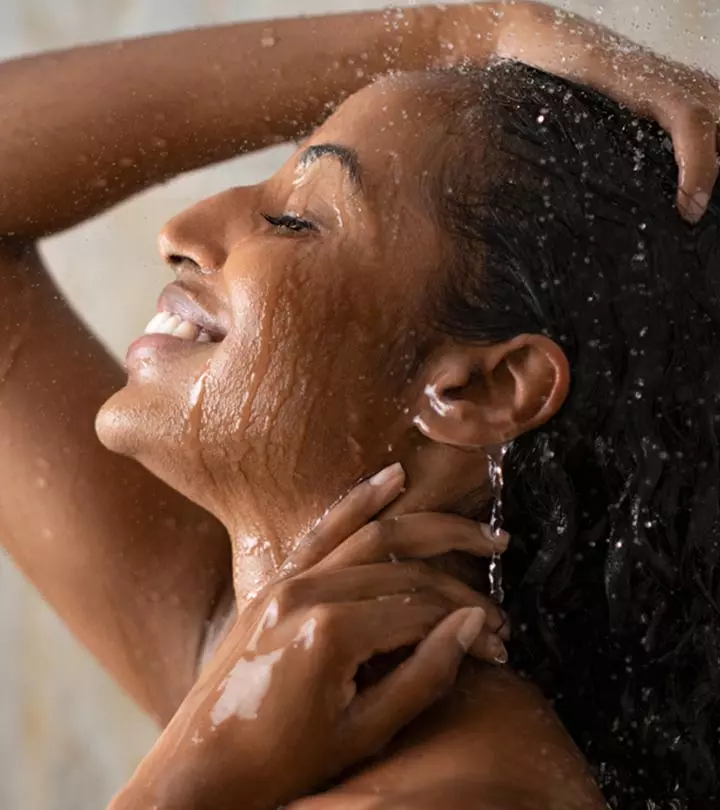
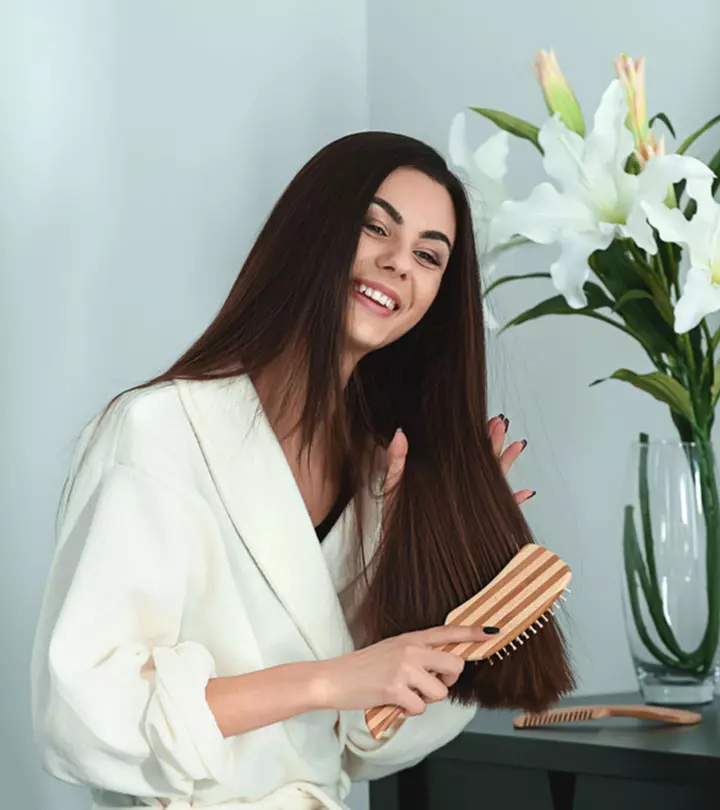
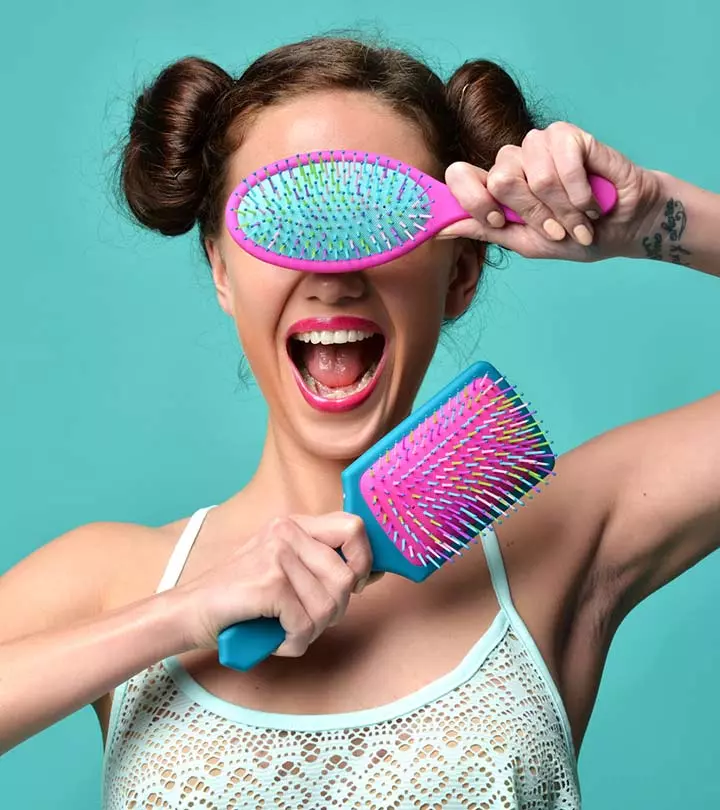

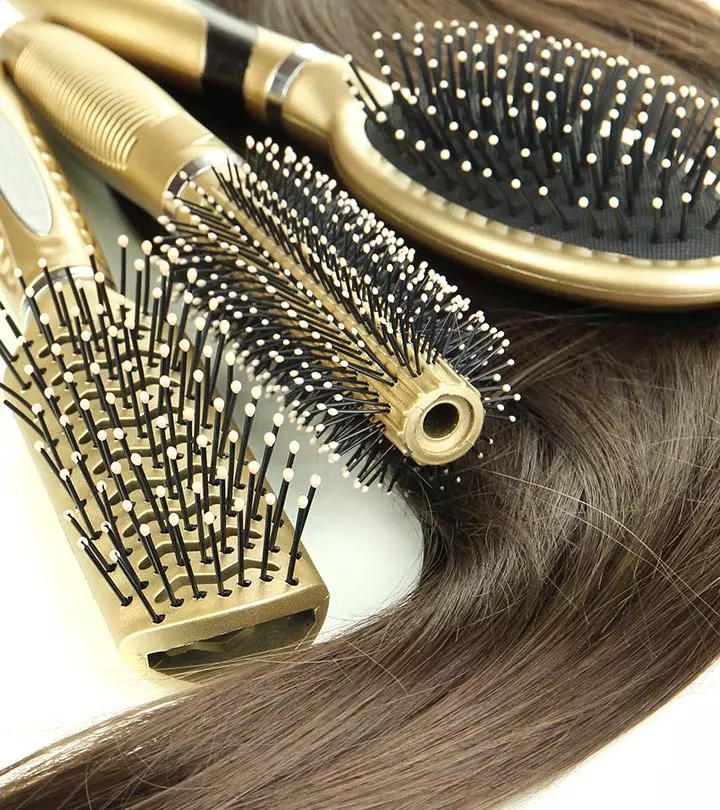
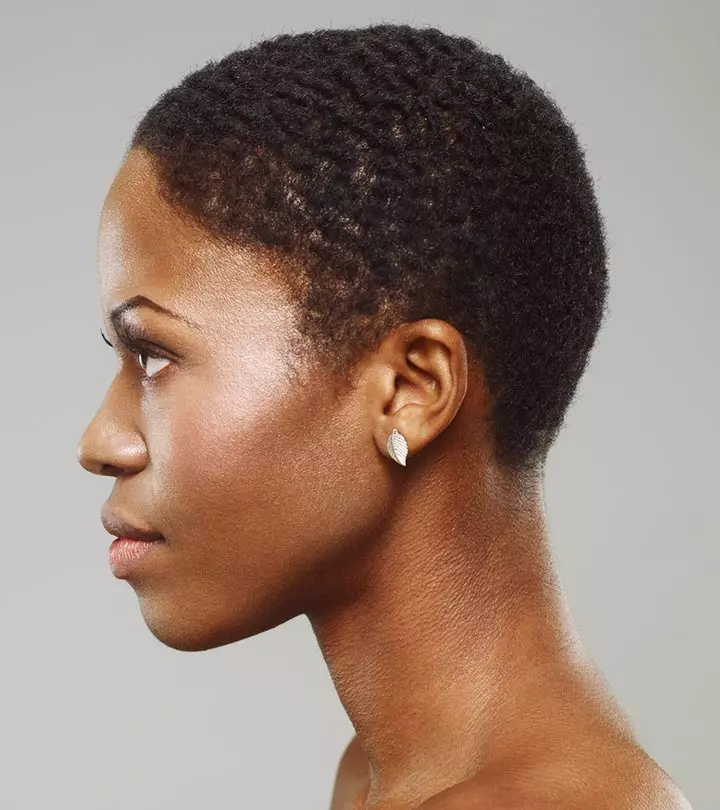
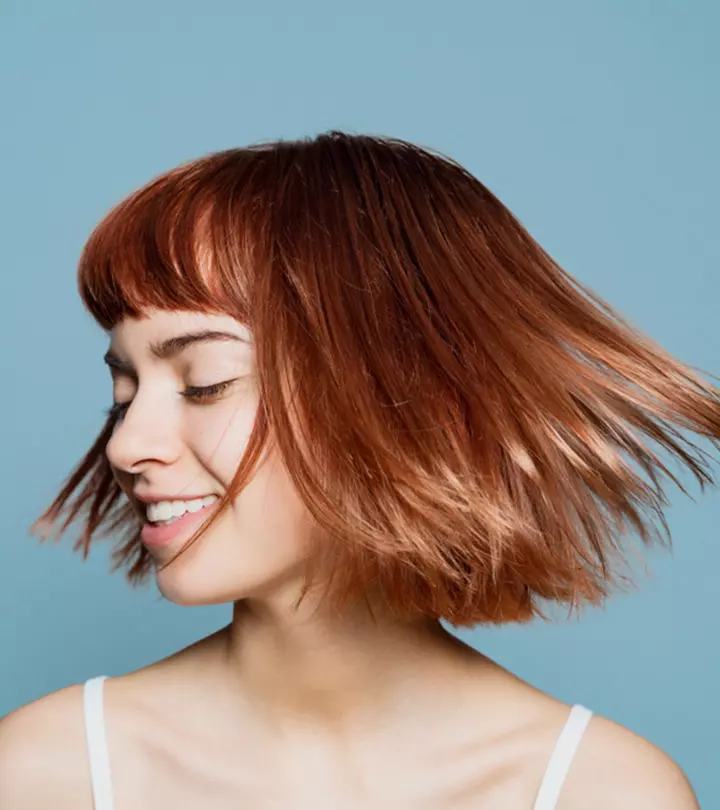
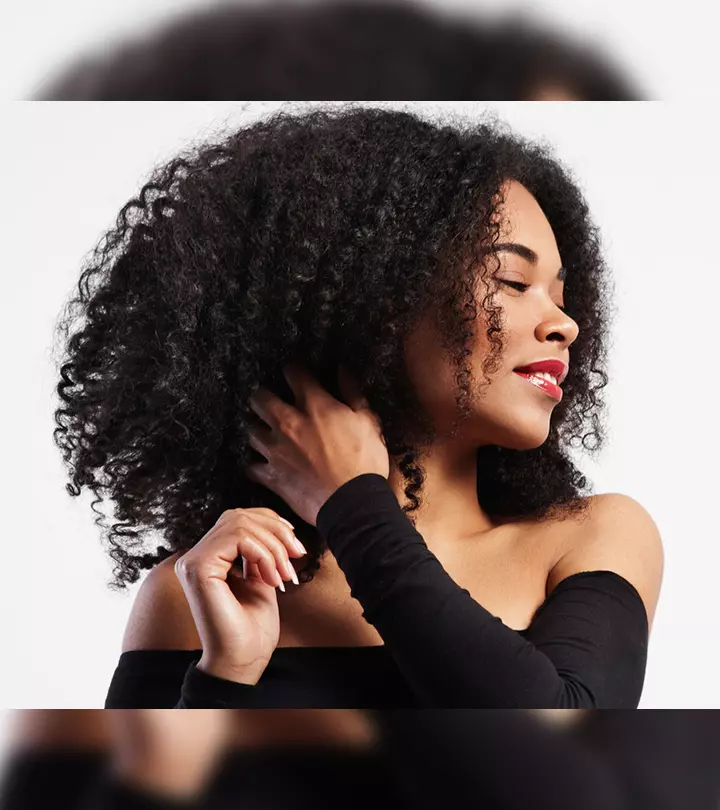
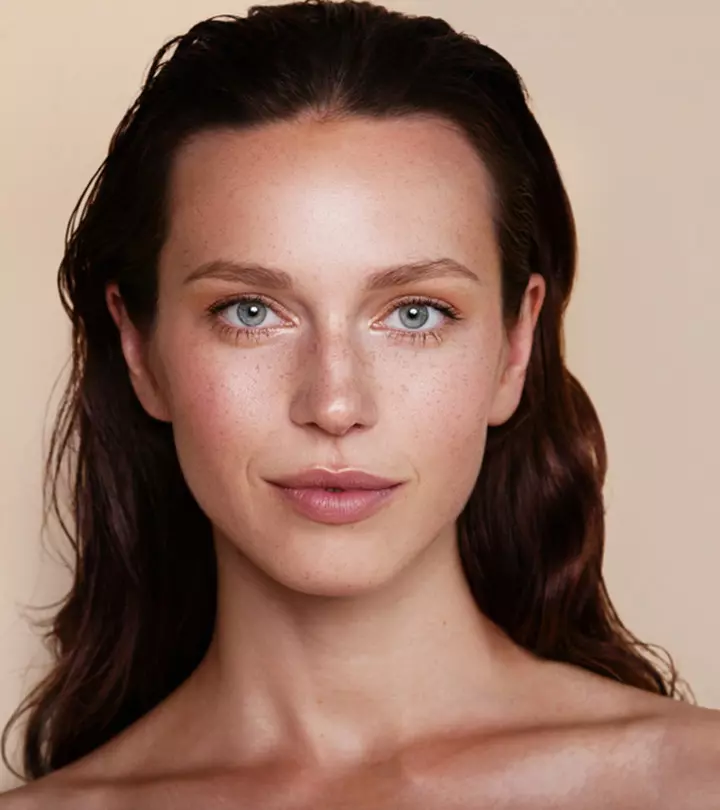

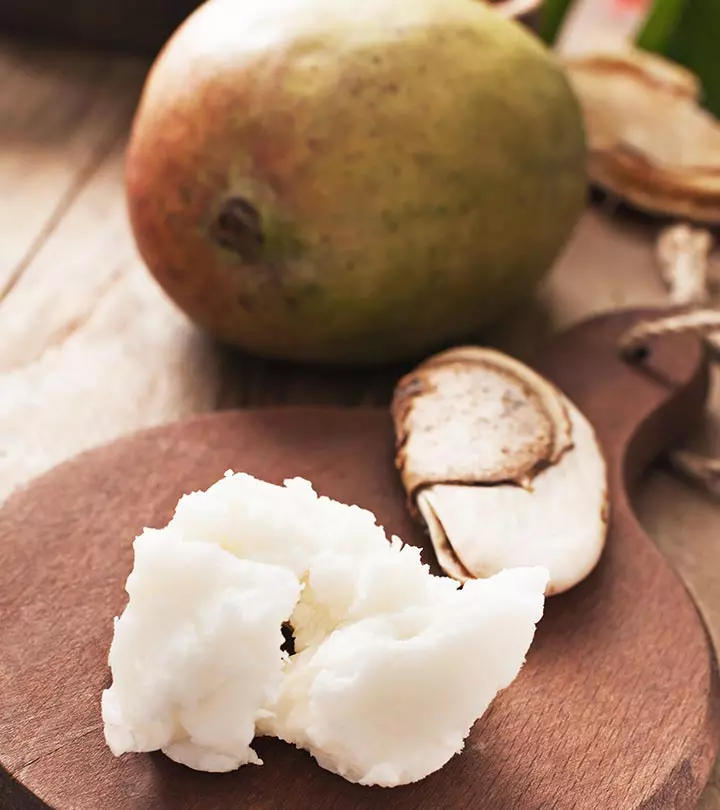


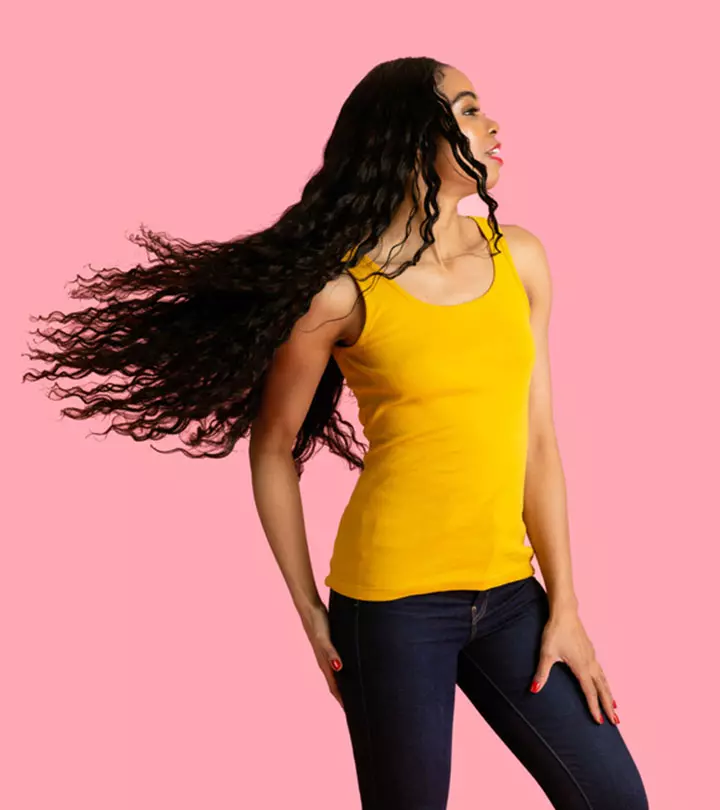
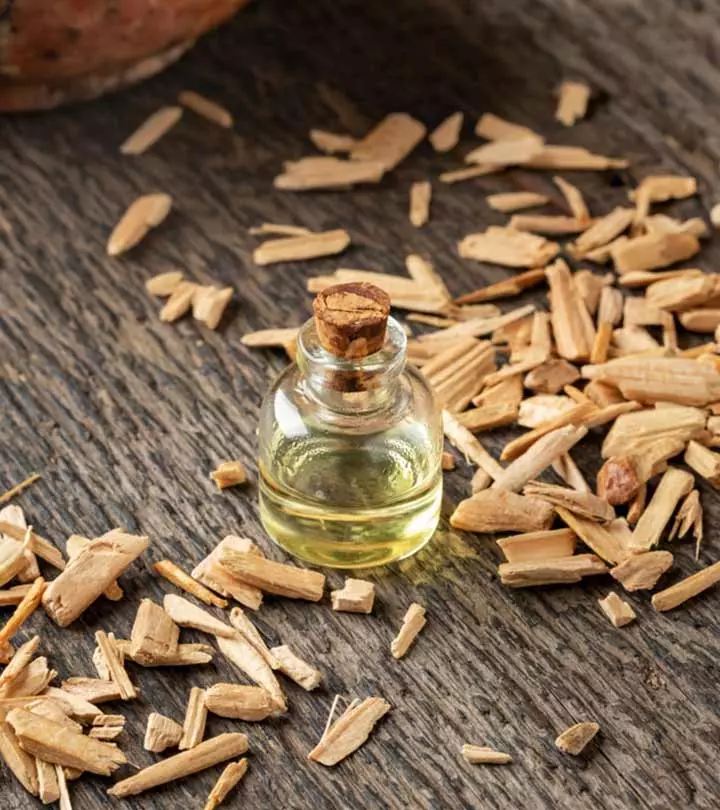
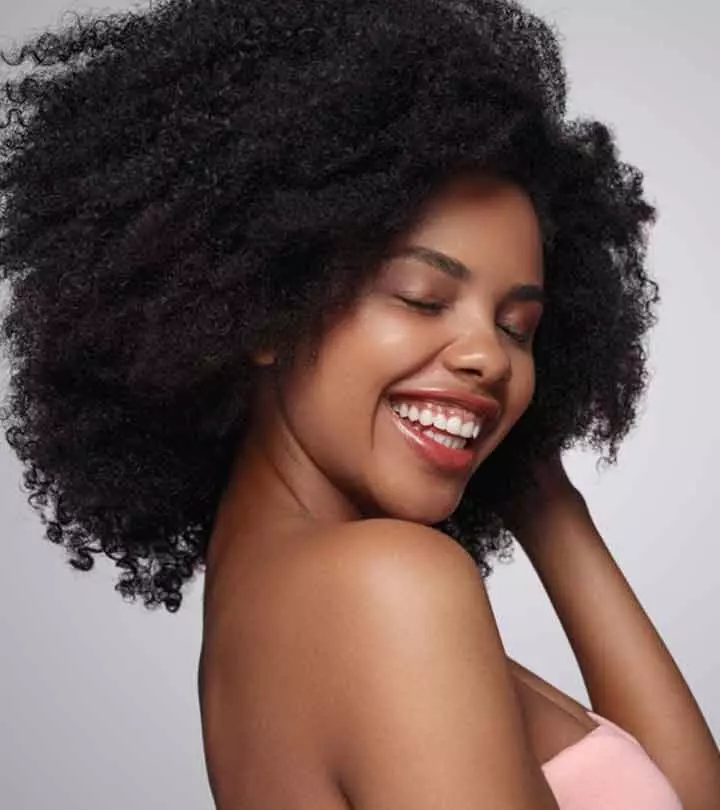


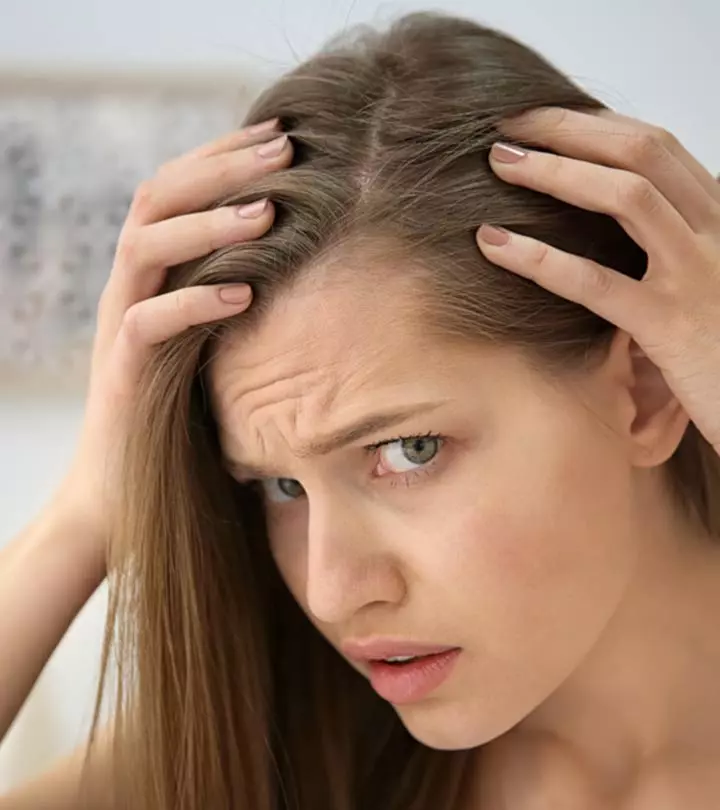
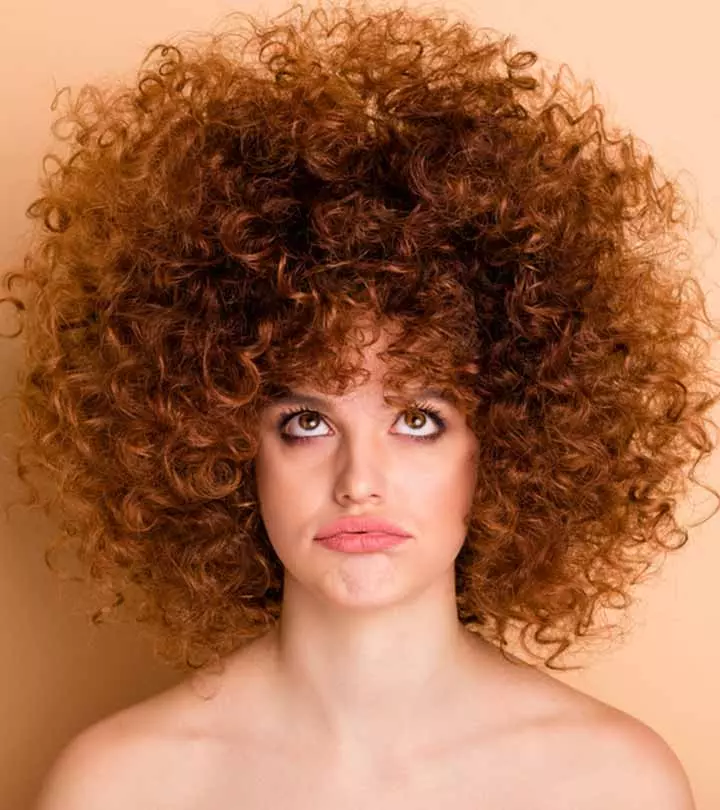
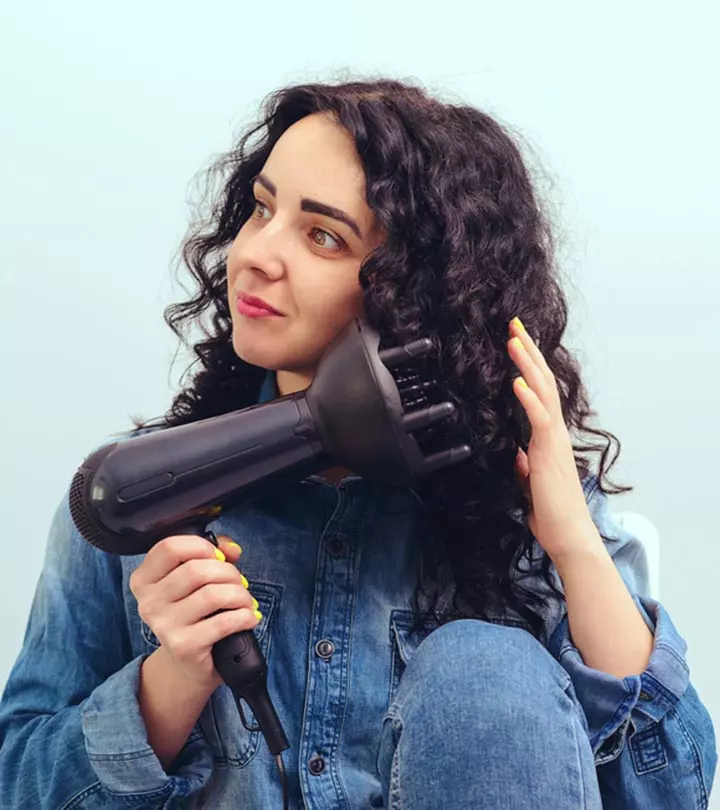
Community Experiences
Join the conversation and become a part of our empowering community! Share your stories, experiences, and insights to connect with other beauty, lifestyle, and health enthusiasts.